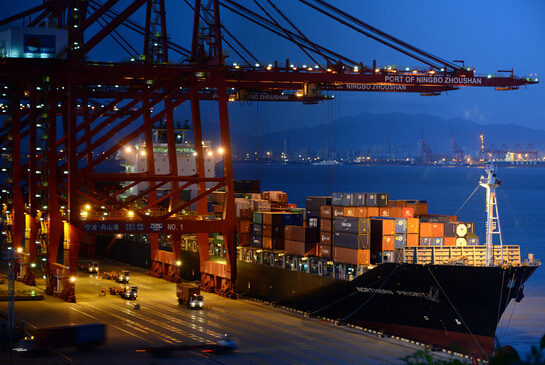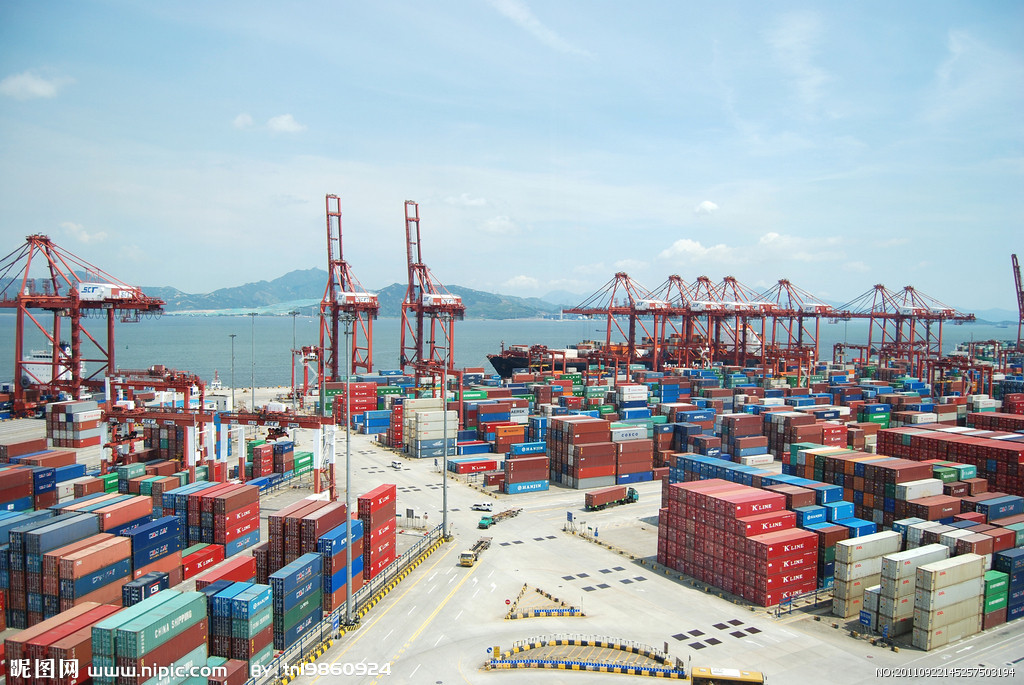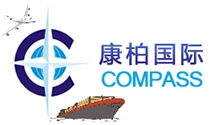What does seamless customs clearance in Hong Kong mean?
Release Time:2022-02-11
Author: --
The meaning of seamless customs clearance for Hong Kong imports and exports
Hong Kong Customs regulations: Goods exported from mainland China to Hong Kong (or from Hong Kong to mainland China) must go through seamless customs clearance.
So what does seamless customs clearance mean?
Answer: Seamless customs clearance is a new customs clearance system implemented on November 17, 2011. All goods imported and exported to Hong Kong require the submission of cargo information via the "Road Cargo Data System" website 30 minutes before the driver passes through customs. Without prior declaration, or if the declared information is incomplete, the goods will not be able to pass through customs smoothly.
This is the basic meaning of seamless customs clearance. To understand what seamless customs clearance means, we need to start with its implementation background. Hong Kong has the infrastructure for electronic customs clearance, and in order to cooperate with the international development of electronic customs clearance, the "Road Cargo Data System" platform was established. Through the cargo information provided by this platform, Hong Kong Customs can conduct risk assessments on goods to determine whether to inspect them.
Another aspect to understand when considering the meaning of seamless customs clearance is that the entities declaring for seamless customs clearance are the shippers, freight forwarders, and truck drivers exporting goods to Hong Kong. They can all register with Hong Kong Customs to become users of the "Road Cargo Data System" website. After registration, they can transmit cargo data to Hong Kong Customs through the "Road Cargo Data System" website.
What cargo information is required for seamless customs clearance? The cargo information required for seamless customs clearance mainly includes the following aspects:
1. Packaging description (packaging materials of the goods);
2. Number of packages (number of goods);
3. Description of the items contained in each package (cannot use general terms such as electronics, electrical appliances, food, etc.);
4. Shipper company name;
5. Shipper address;
6. Consignee name;
7. Consignee address;
8. Estimated arrival/departure time of import/export goods.
Related News









